
SZA is a singer, rapper, and songwriter whose music blends neo-soul, R&B, trap, and hip-hop. Her lyrics are personal and emotionally direct, often delivered over sparse, atmospheric production. Her debut album Ctrl was released in 2017 and featured collaborations with Travis Scott and Kendrick Lamar.
In 2022, she released her second album SOS, which became a huge commercial success and was followed by the 2024 reissue Lana, adding several new songs.
The production on Ctrl is mostly built around smooth electric pianos, psychedelic-sounding guitars, and warm analog synths, usually with minimal trap beats that leave plenty of space for SZA’s vocals.
This article breaks down the synth sounds from two of my favourite tracks from Ctrl: Love Galore and The Weekend. It’s an updated version of an older article, rebuilt using the new versions of Arturia Prophet-5 V and Mini V4 (software emulations of classic analog synths), along with Xfer Serum. All of the recreated presets are available as a free download at the end of the article.
Love Galore was the breakout single from Ctrl, released ahead of the album in April 2017. Produced by ThankGod4Cody, Carter Lang, and Scum, the track pairs sparse, atmospheric production with woozy analog synths and trap-influenced drums. It became one of Ctrl’s standout songs, earning critical acclaim, multi-platinum status, and a Grammy nomination for Best Rap/Sung Collaboration.
Carter Lang, who co-produced the track, says that he used a Roland JX-8P and a Moog Voyager on the original recording:
“And then the next piece of gear I got was Knox Fortune’s [Roland] JX-8P poly synthesizer—which I bought for like 250 bucks. Whatever it is, it turns shit up, because now I had a mono- and a polysynth and they’re both analog. I still have them, and I still use them. I programmed a sound into the JX-8P that I called Moonbaby, and I used that sound for the “Love Galore” track for SZA when we made that shit. I also used a Moog Voyager on that, because they’re so tight.” – Carter Lang
There are only two melodic sounds in Love Galore: the three-note bass pattern and the analog pad that sometimes plays chords over it. The bass sound uses sine waves, and I recreated it using Xfer Serum. I used the sine wave from the Basic Shapes wavetable, adding some harmonics with the FM (Sub) warp mode.
There’s no filter needed, and Env 1 (the amp envelope) has a long 3.6 second decay time and -24 dB sustain. I also raised the attack time to 16ms to remove any clicking from the sound.
The patch is relatively simple, but the first note of the pattern is noticeably louder than the other two. I recreated this by setting the oscillator volume to be velocity sensitive (with the Velo modulator) and adjusting the velocity in the MIDI clip. This could also have been done with layering two separate tracks in the original production, but I like the simplicity of having it in one patch. Here’s the result:

At 1:11, a warm, analog-style pad enters the mix. The original recording used a Roland JX-8P, but it’s a simple patch that can be recreated on most polysynths, so I used Arturia Prophet-5 V. The patch uses lightly detuned sawtooth waves, with Oscillator B’s fine-tuning set to 0.044 cents.
To create the soft fade-in effect, the amp envelope’s attack is set to around 480ms. The filter cutoff is set to 281Hz, with no envelope modulation and keyboard tracking enabled.
There is a slow, woozy, pitch vibrato affecting both oscillators. In Prophet-5 V, the front panel LFO depth is controlled by the mod-wheel, so for more precise control, I used the LFO 2 found in the advanced panel. The modulation destination is set to Osc 1+2 Frequency, with the depth set to a low 0.04. The rate is set to a slow 0.51Hz, and I set the amplitude to halfway, which offers finer control over the modulation amount.

For effects, I used Prophet-5 V’s built-in chorus, delay and reverb, as shown in the image below. In Ableton Live, I added EQ, compression and stereo widening using iZotope Ozone Imager 2. The width is set to 50% with the ‘Stereoize’ option enabled. The widened pad contrasts nicely with the mono bass synth, allowing each to occupy a distinct space in the stereo field.
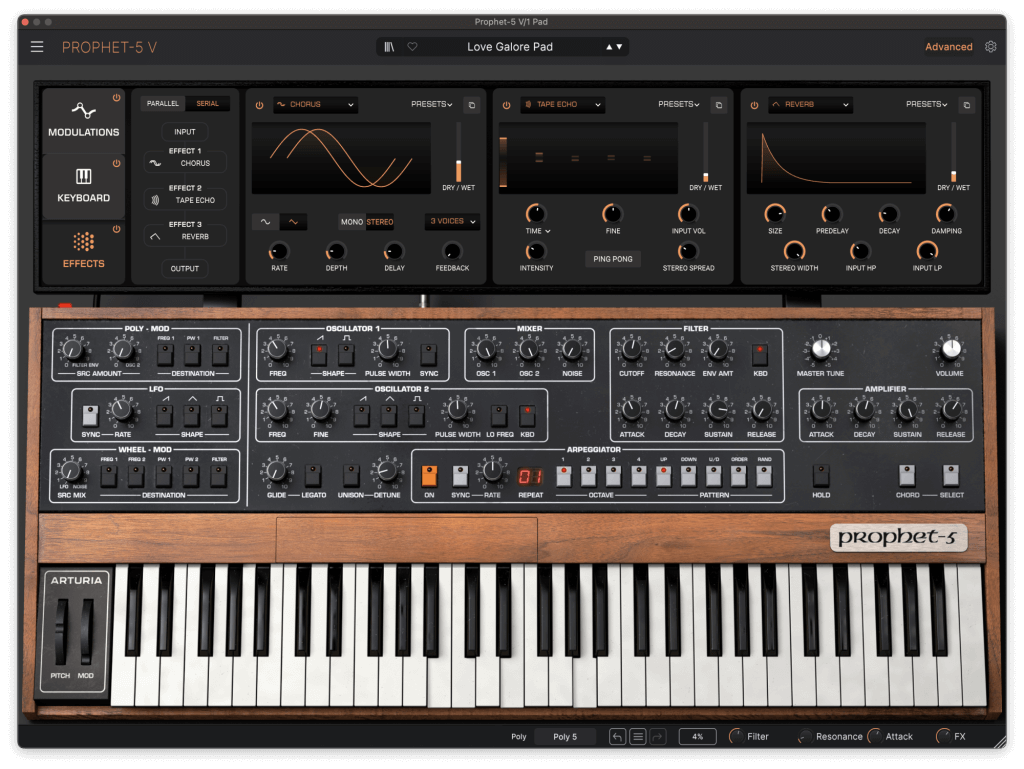
In addition to the slow, woozy vibrato, there are subtle pitch drifts that add to the detuned sound. These were likely created by manually nudging the pitch upward using the pitch-bend wheel.
In Prophet-5 V, the pitch-bend range is set to 2 semitones by default, which I kept unchanged. I played the part using only slight movements of the pitch-bend wheel to momentarily raise the pitch, without pushing it to its maximum range.
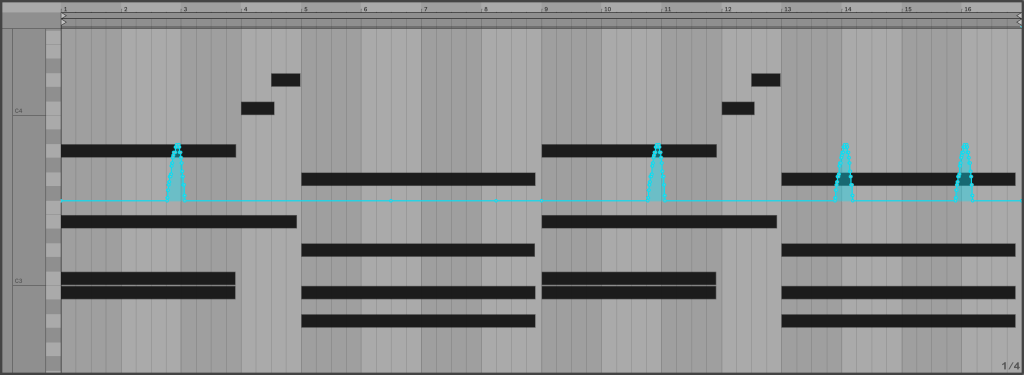
The outro of Love Galore is simply the main instrument beat played at half-speed. On some vintage samplers and tape machines, slowing the playback speed also lowers the pitch, so playing audio at half-speed results in it sounding an octave lower. The Love Galore outro is playing back at half-speed, but also an octave lower.
In Ableton Live, this effect can be easily recreated by bouncing any MIDI tracks to audio, setting the Warp Mode to Repitch and using the Double Original Tempo button. This causes Ableton to play the clip at half speed because it assumes the original tempo was twice as fast.
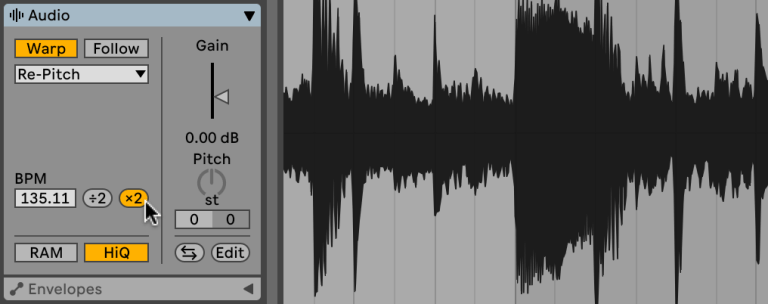
The Weekend, another standout track from Ctrl, followed Love Galore as the album’s third single and was also produced by ThankGod4Cody. It began with a sample taken from Justin Timberlake’s Set the Mood Prelude / Until the End of Time, and a Genius ‘Making Of’ episode covers its production, though it doesn’t go into much detail about the synths or plugins used.
Although the arrangement includes several distinct sounds, the track still feels quite sparse. Two alternating bass sounds are used in different sections, the intro pad appears only at the start, and the lead synth plays just briefly at the end of each section, leaving plenty of space between elements.
Firstly, here’s my remake of The Weekend, which doesn’t use any samples from the original song:
We’ll start with the first sound heard in the track: the soft, swelling pad that opens the intro. It uses a unison sawtooth wave with some detune and an envelope with a long attack time to gradually open the filter. Unison mode layers multiple versions of the same note slightly out of tune with each other to create a thicker sound.
To recreate it in Serum, set Oscillator A (Osc A) to use 5 unison voices and turn the Detune knob to 0.14. Turn on the filter and choose the MG Low 24 mode. Set the cutoff to 1000 Hz, then use Envelope 2 (Env 2) to modulate the filter with an attack time of around 800 milliseconds and a modulation depth of 16.

One of the reasons these chords sound so distinctive is that they all use the same interval. Each voicing is made up of just two notes: a root note and another note 16 semitones above it. This creates a major third up an octave and outlines the following chords:
B A | D C | B | F♯
B A | G F♯ | B | E
The song is in E major, but this intro progression adds a lot of chromatic chords, introducing tones from outside the key, which creates subtle tension before the song starts.
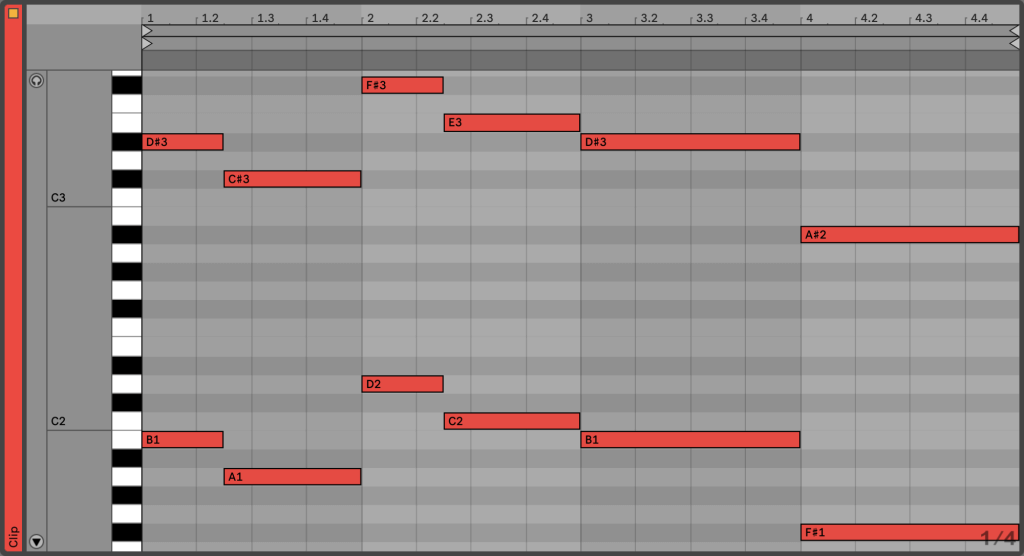
You can also create these intervals either by using Ableton Live’s Chord MIDI device, setting one of the Shift values to +16 semitones, or by tuning a second oscillator in your synth up by 16 semitones. I didn’t use either method in my patch, as I wanted to keep it versatile enough to play other voicings, but this can be an inspiring way to find new chord progressions.
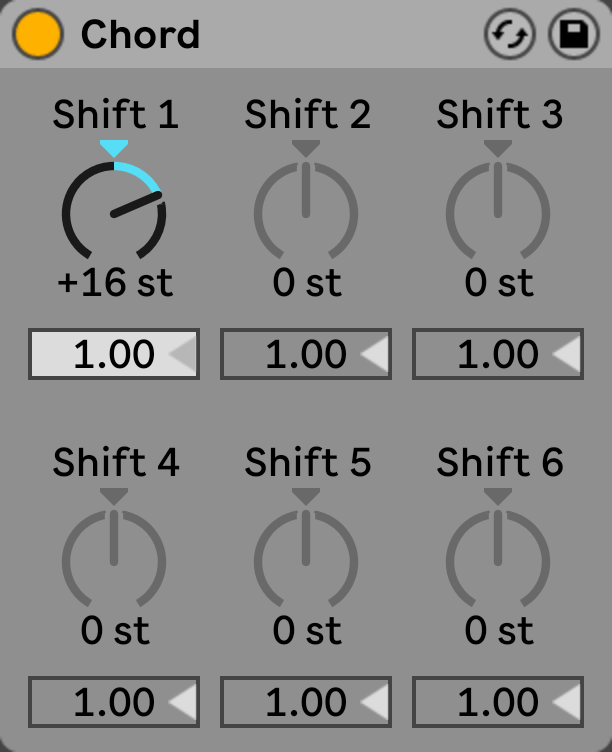
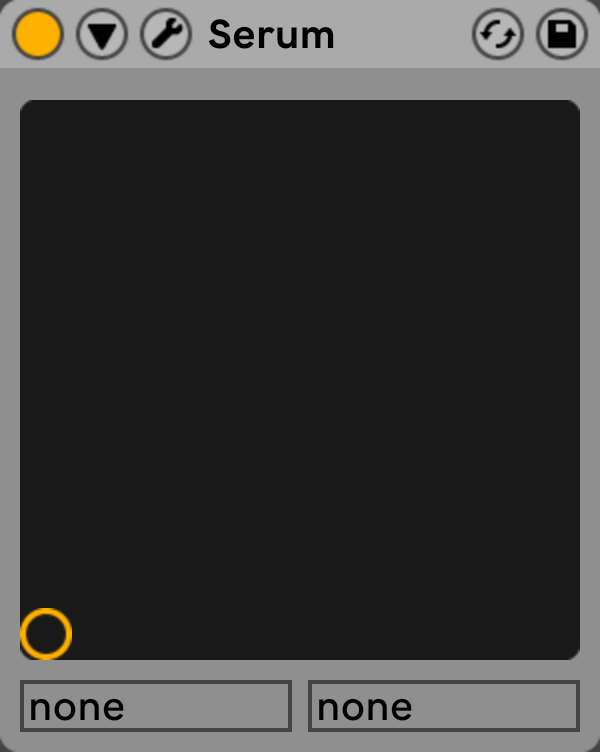
The lead synth plays softly throughout the intro and reappears at the end of the main beat, playing a melodic triplet phrase.
I recreated the patch using Arturia Mini V4. It’s a simple patch built around a single sawtooth wave with a low filter cutoff set to 740 Hz and no keyboard tracking. The sound has a soft envelope with a short attack (85ms), a long decay (2.38 seconds), and a medium sustain level (2.49).
There’s a gentle pitch vibrato, created using VCO 3 as an LFO. I set the mod amount to 1.92 on the left side of the front panel, and left oscillator 3 tuned to 32’ and -9 semitones, the default setting, which works well as a vibrato speed. The patch also includes portamento, so I set the glide time to 0.47s/oct.
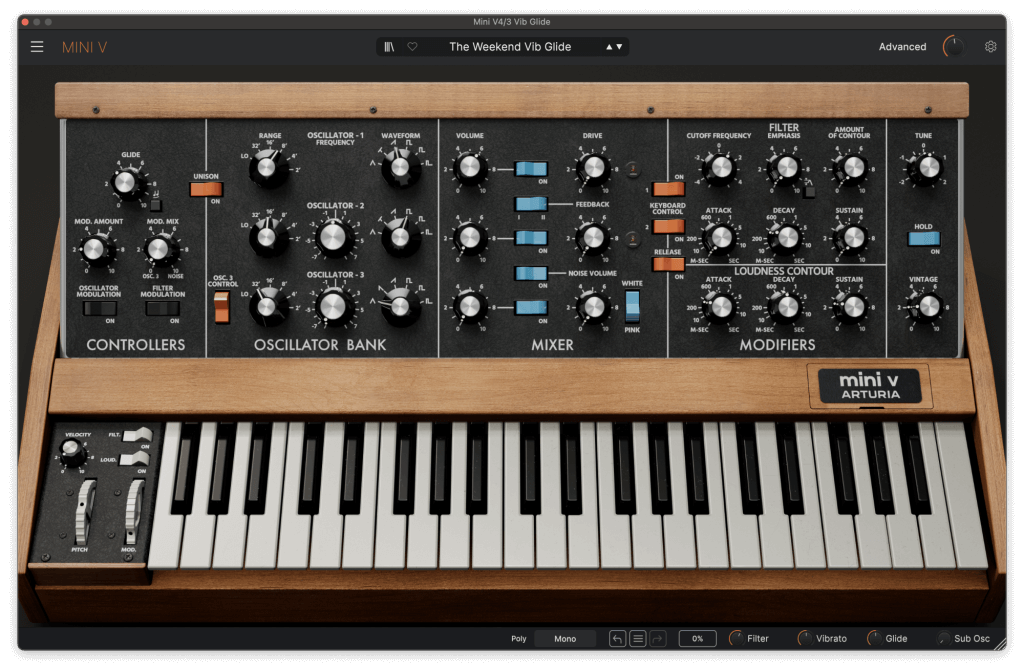
The main chords are played by a highly processed Rhodes sound that adds a dreamy, rhythmic texture to the track. It plays some jazzy chord voicings with plenty of space between them. I used Arturia Stage-73 V2 for this track, starting with the Factory Default Classic A preset and adding some effects.
I added the onboard chorus effect with low depth and delay settings to add some subtle movement and stereoization, then added an onboard EQ to roll off the high end. In Ableton Live, I followed this with a ping pong delay set to dotted eighth notes (Sync: 3), lowering the filter and setting the dry/wet to 25%. The result is a Rhodes tone that feels soft and dreamy, with a subtle rhythmic delay that fills the spaces between the chords.
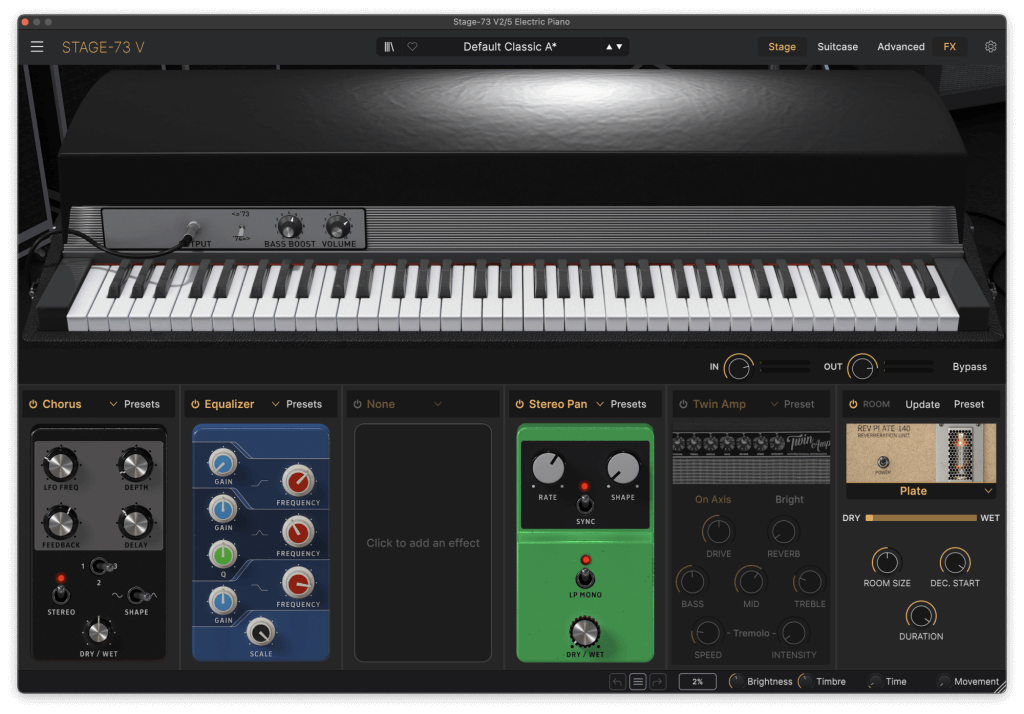
The arp that plays quietly in the background is one of my favourite sounds in the track. It’s heavily high-passed, with no low or mid frequencies, giving it a thin, wispy tone that stays tucked behind the main instruments.
I started with a single sawtooth wave in Serum and added slow filter modulation using an LFO set to 0.2 Hz, so the filter automatically opens and closes. In Ableton Live, I added small amounts of delay and reverb. I then used AutoPan with the amount set to 50% and the rate at 0.25 Hz to slowly move the sound between the left and right speakers. Finally, there’s a big high-pass EQ cut at 3 kHz to remove all the low end.
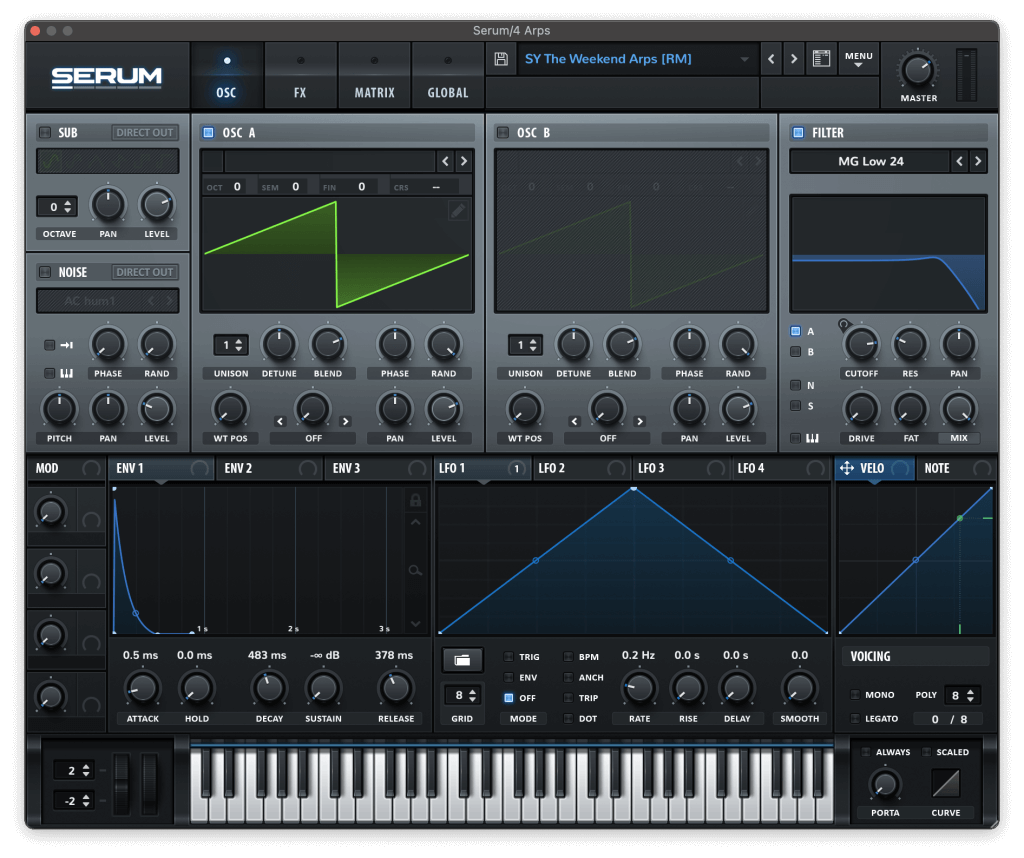
The Weekend uses two distinct bass sounds: a short, plucked one for the verses and choruses, and a sustained one for the pre-choruses. The plucked sound has a short, snappy envelope and a dark sound.
I recreated it in Serum using a saw wave with slight unison detune and a pulse wave in the sub oscillator, pitched an octave below. The filter is set to around 60 Hz and modulated by Env 2, which has a decay time of roughly 500 milliseconds to create the pluck. The sub adds weight, while the short filter envelope keeps the sound punchy and focused.
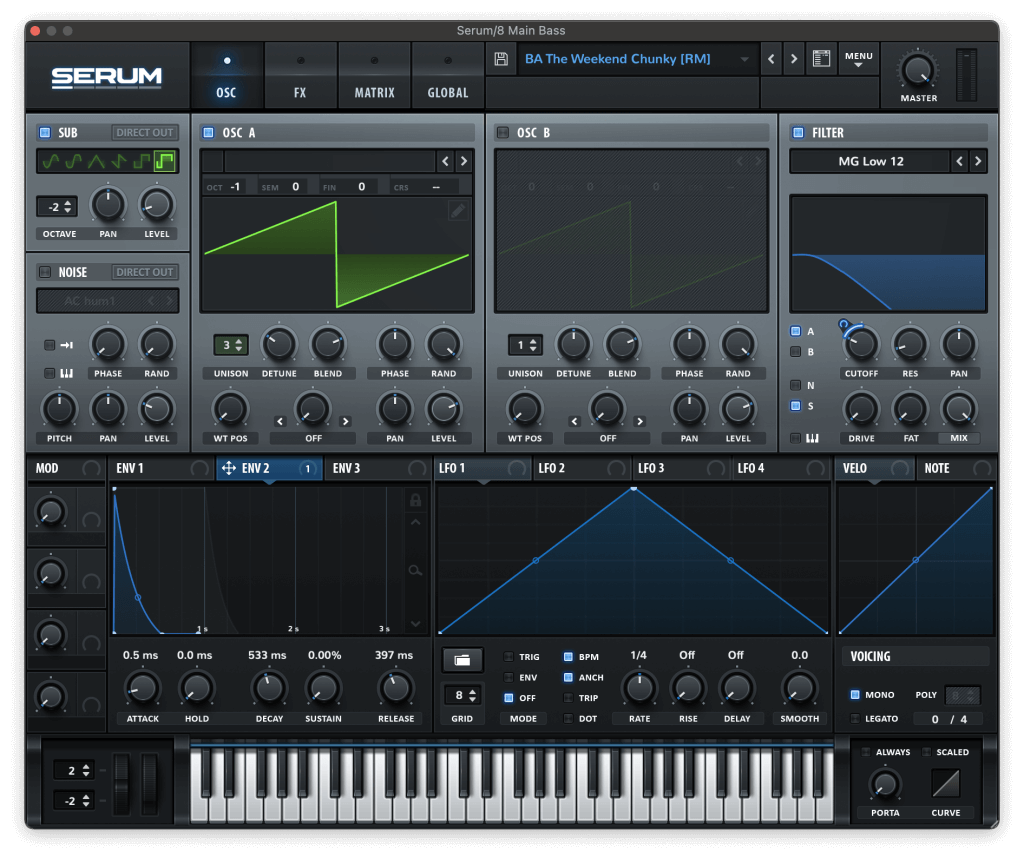
The second bass sound is a thick, sustained unison patch that plays when the drums drop out. This one uses a saw wave with 5 unison voices and detune set to 0.07, plus a sine sub oscillator tuned an octave below Osc A. The filter is set to 300 Hz using the MG Low 24 mode, giving the bass a growling quality that contrasts nicely with the plucked bass.
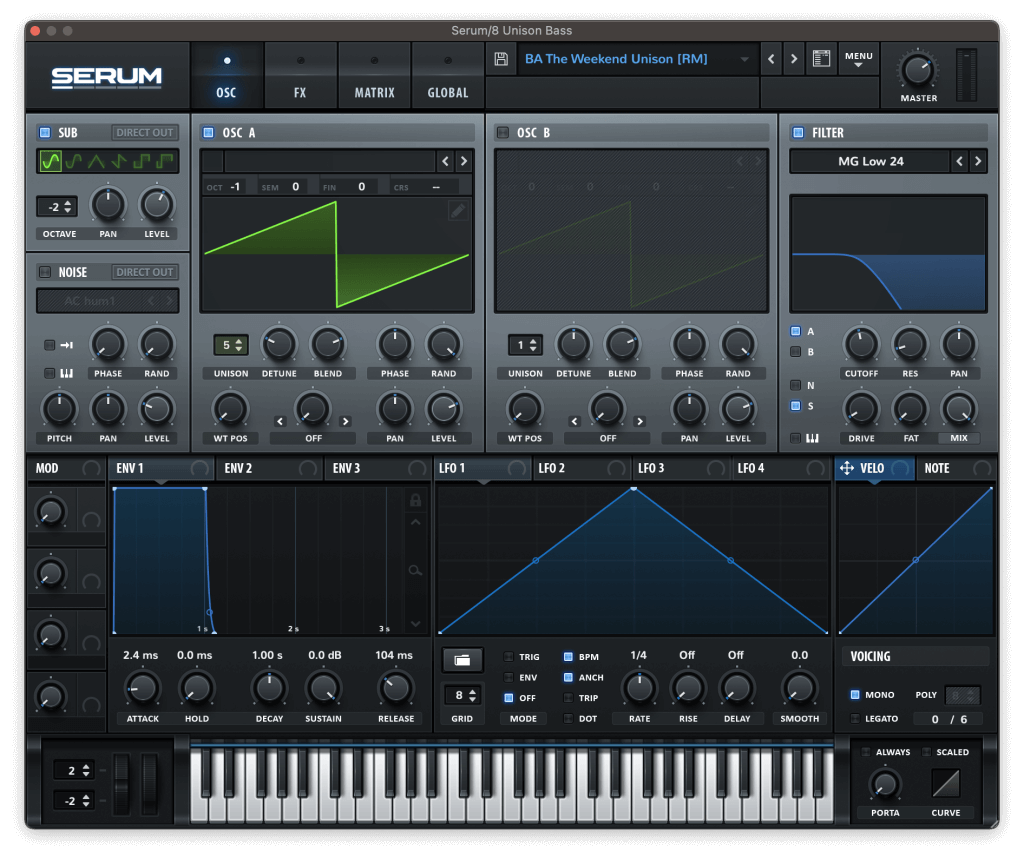
The production on The Weekend is carefully spaced, with each sound leaving room for the next. Because of this, very little EQ was needed in the remake; each sound sits naturally in the mix.
The drum programming is particularly varied, with different layers introduced and removed across each 8-bar section, such as switching between an airy snap and a layered snare, or dropping the kick in some sections.
Header artwork by Olya Makar
Article Comments